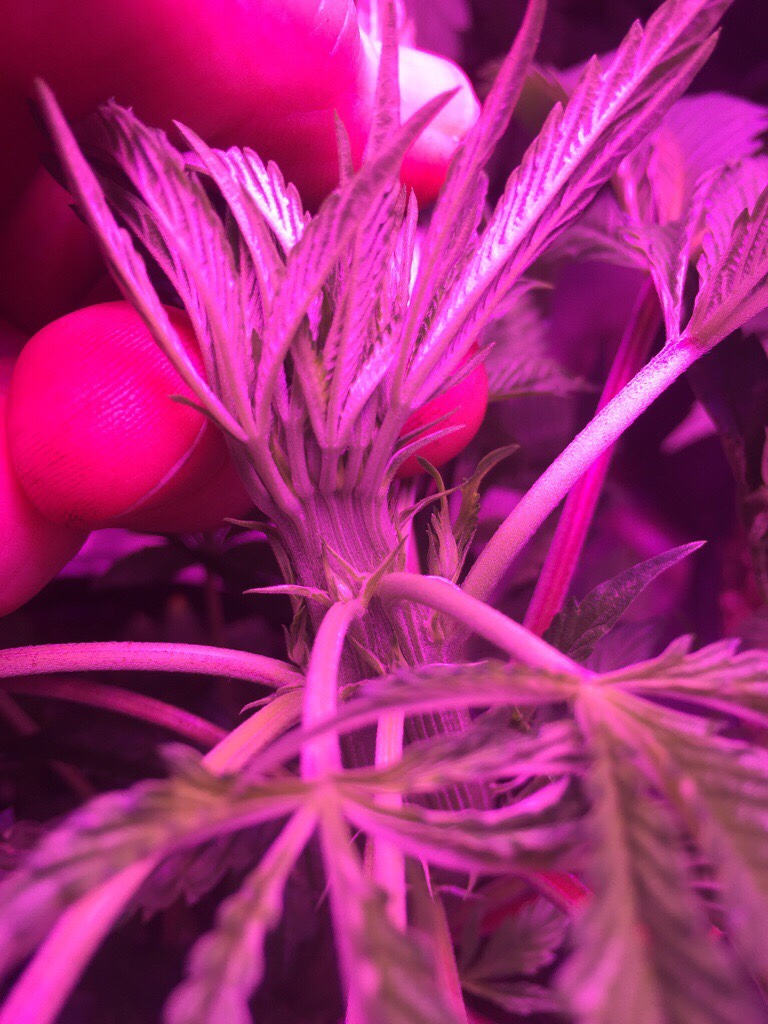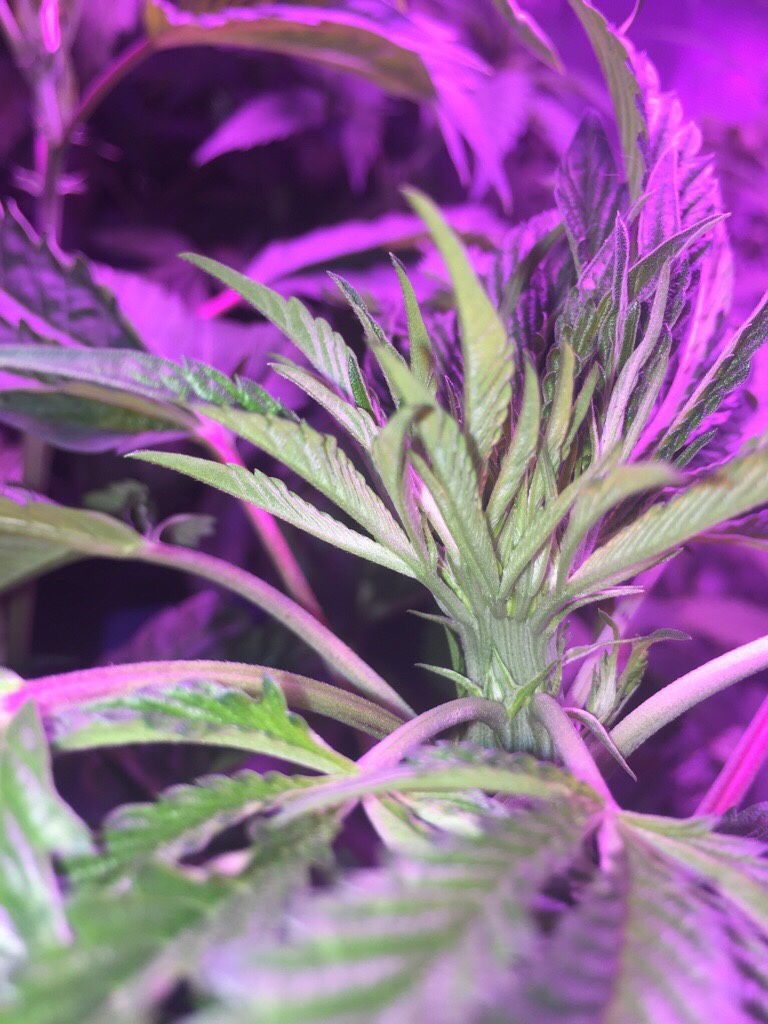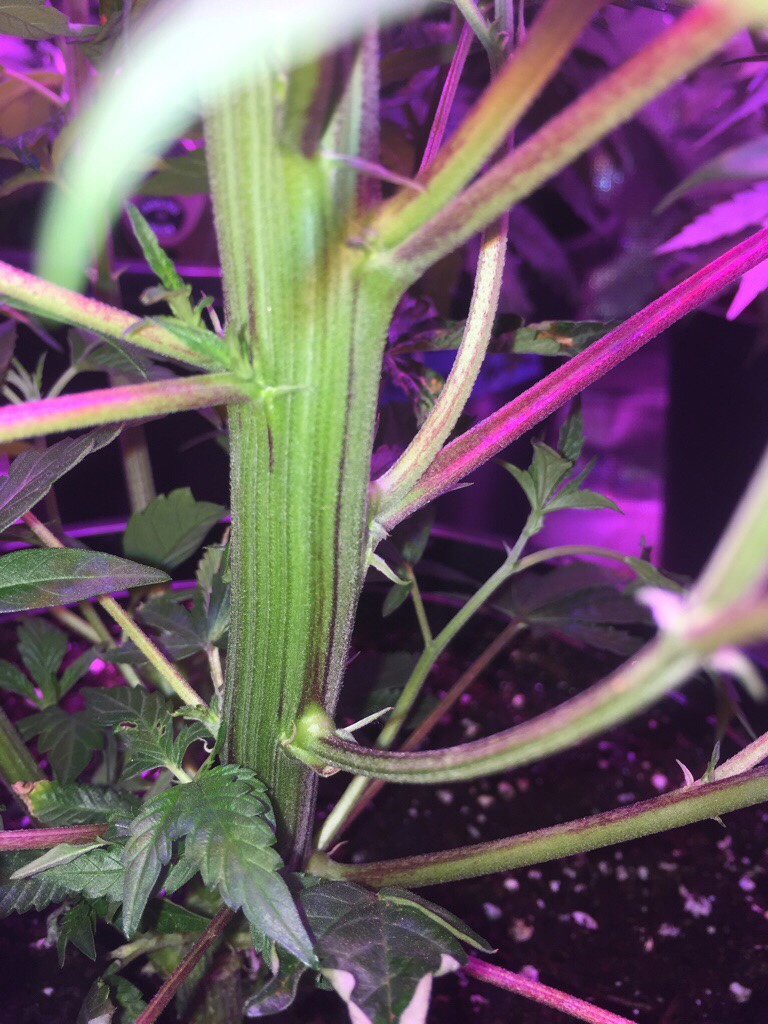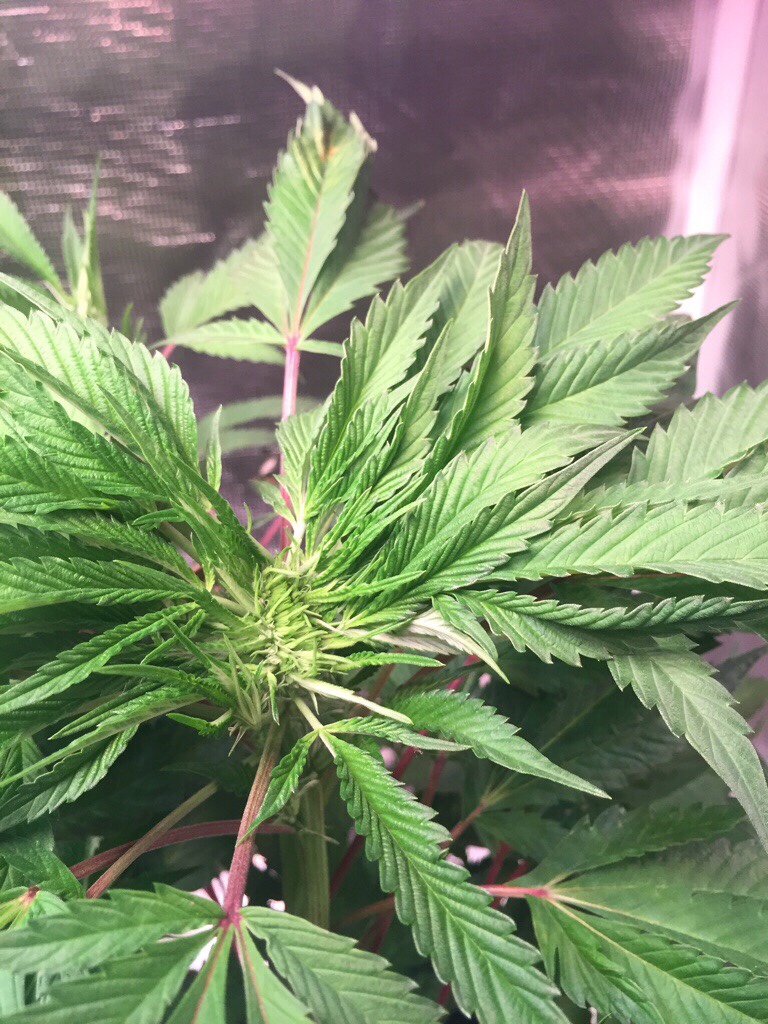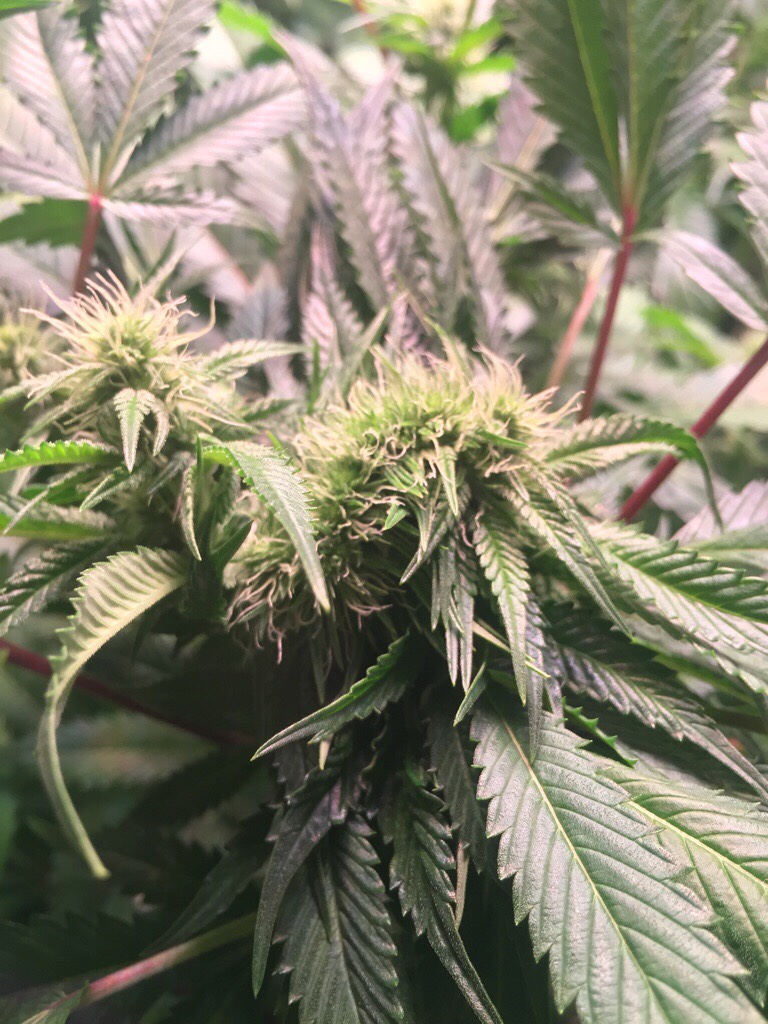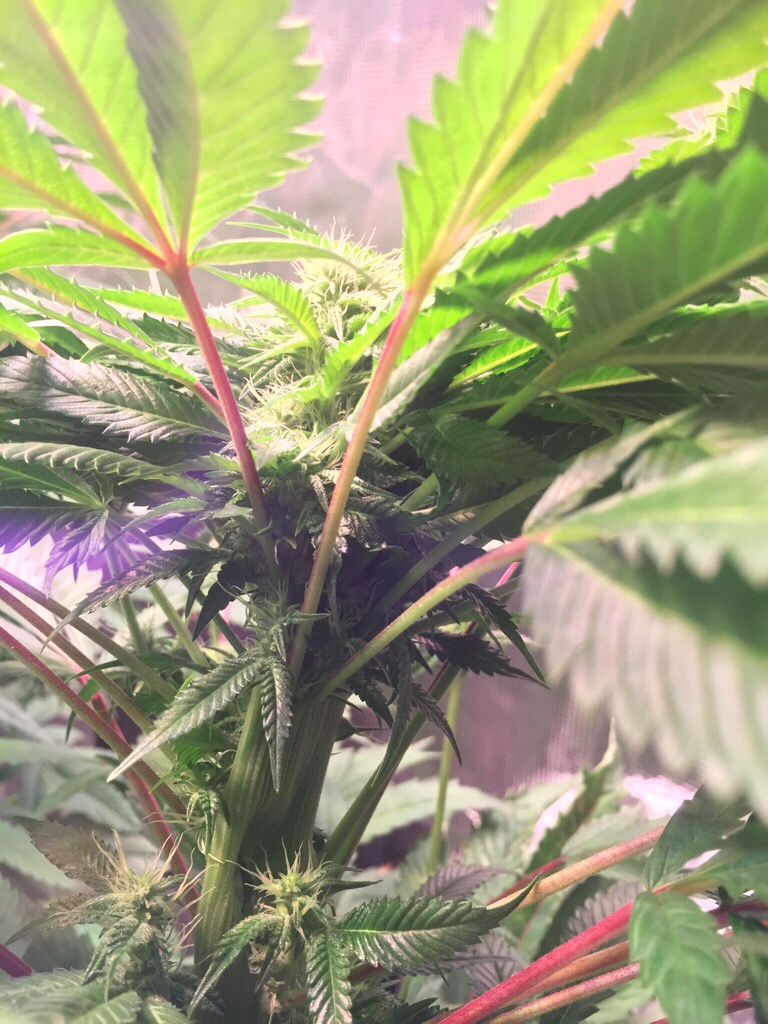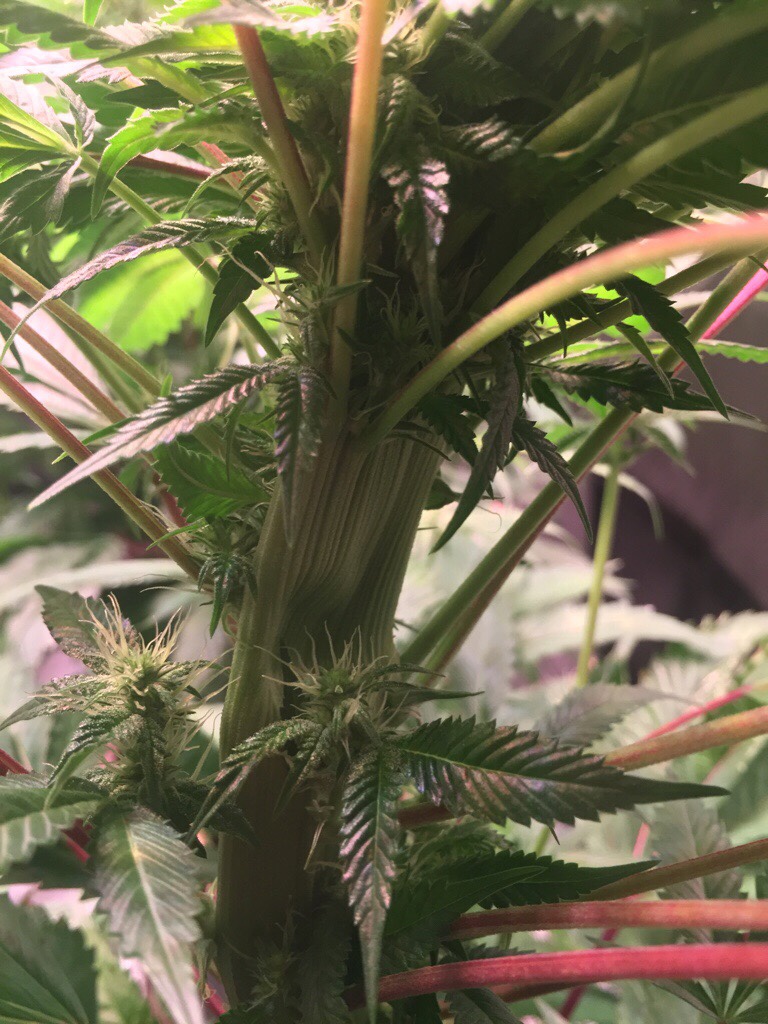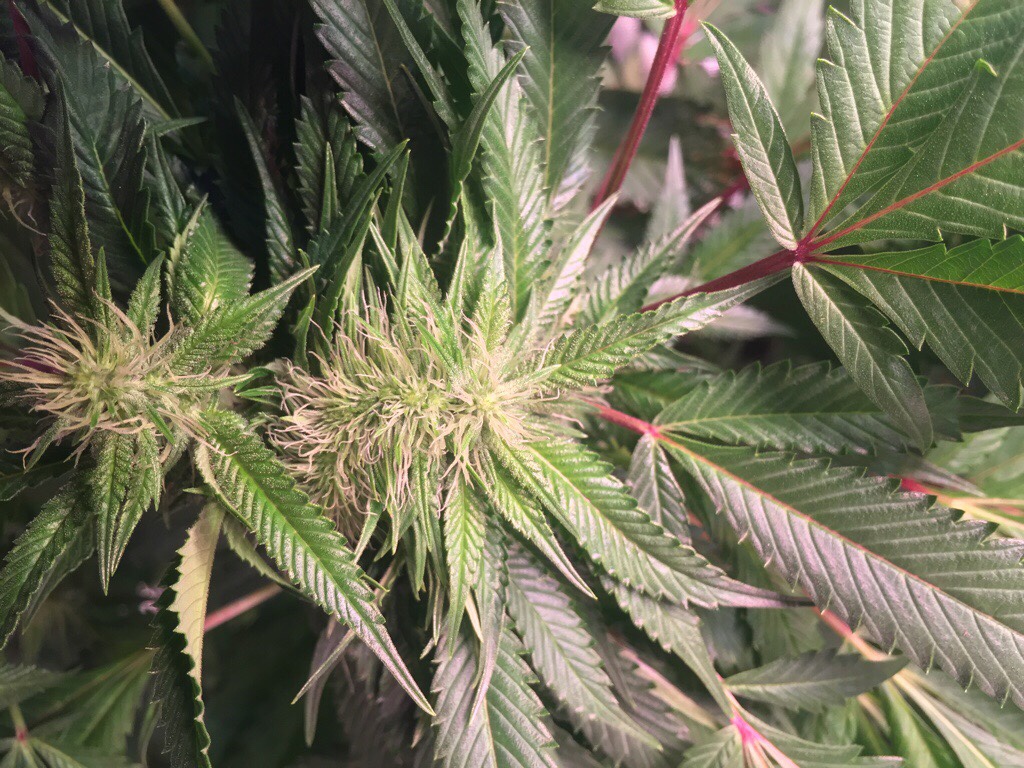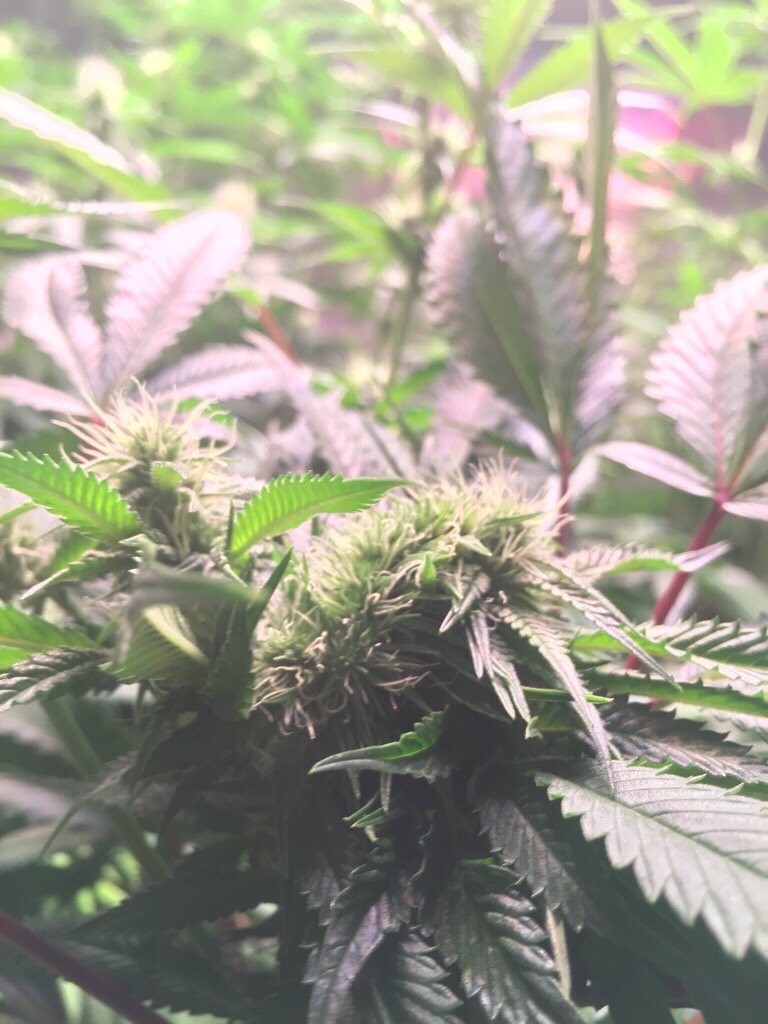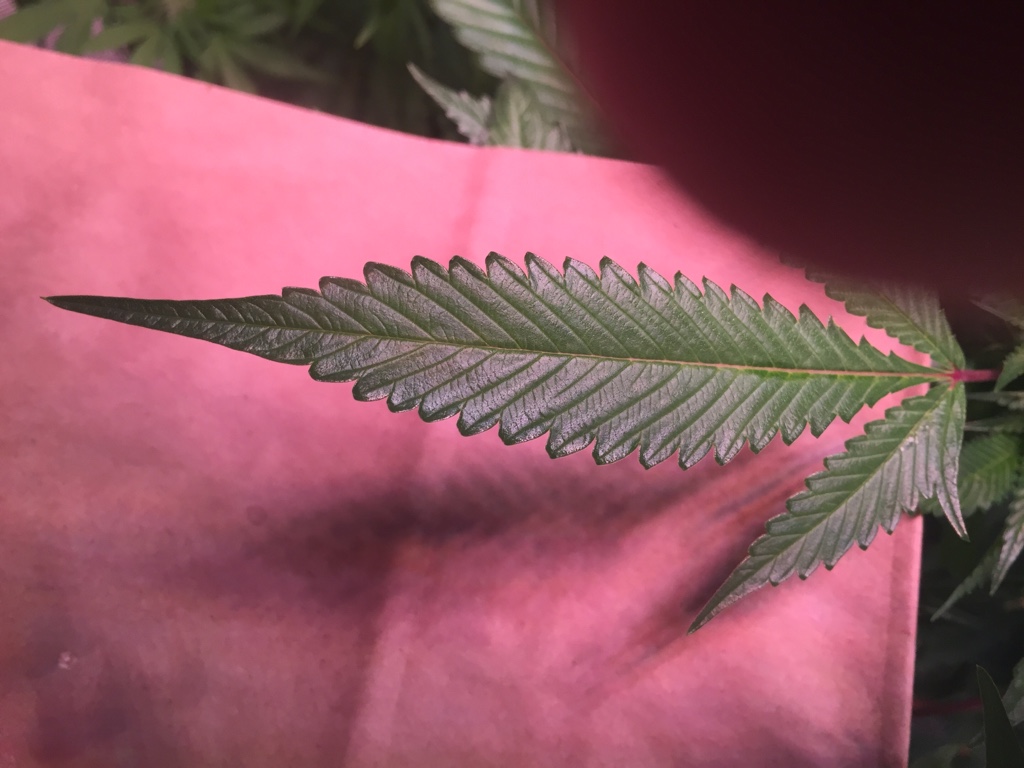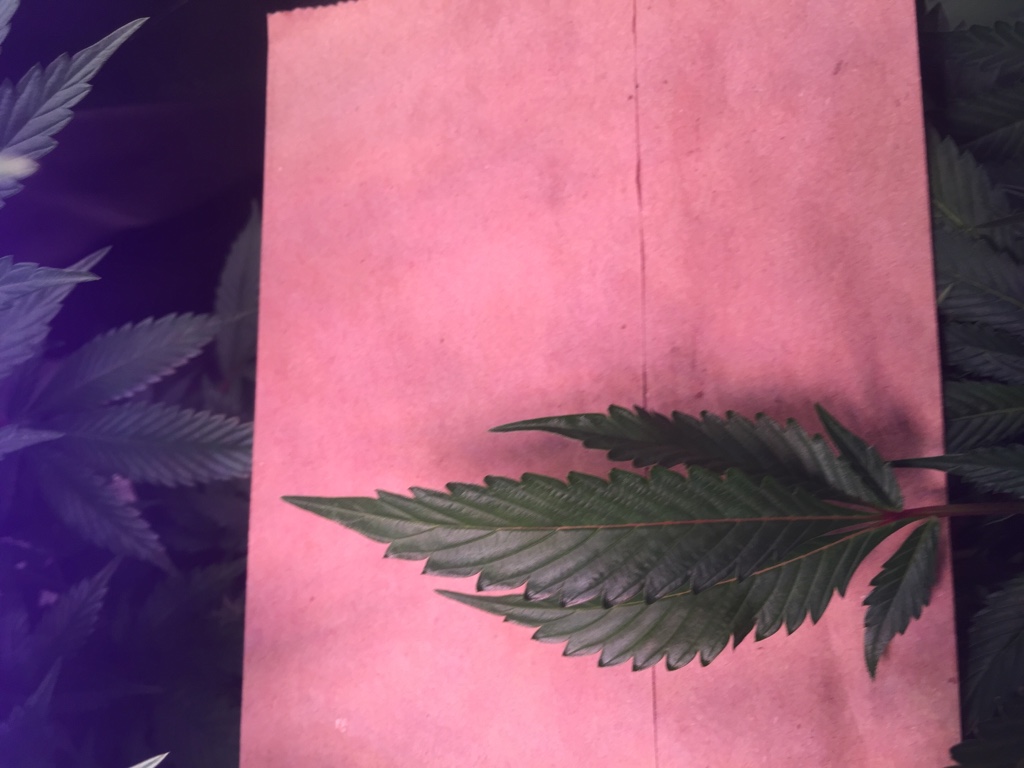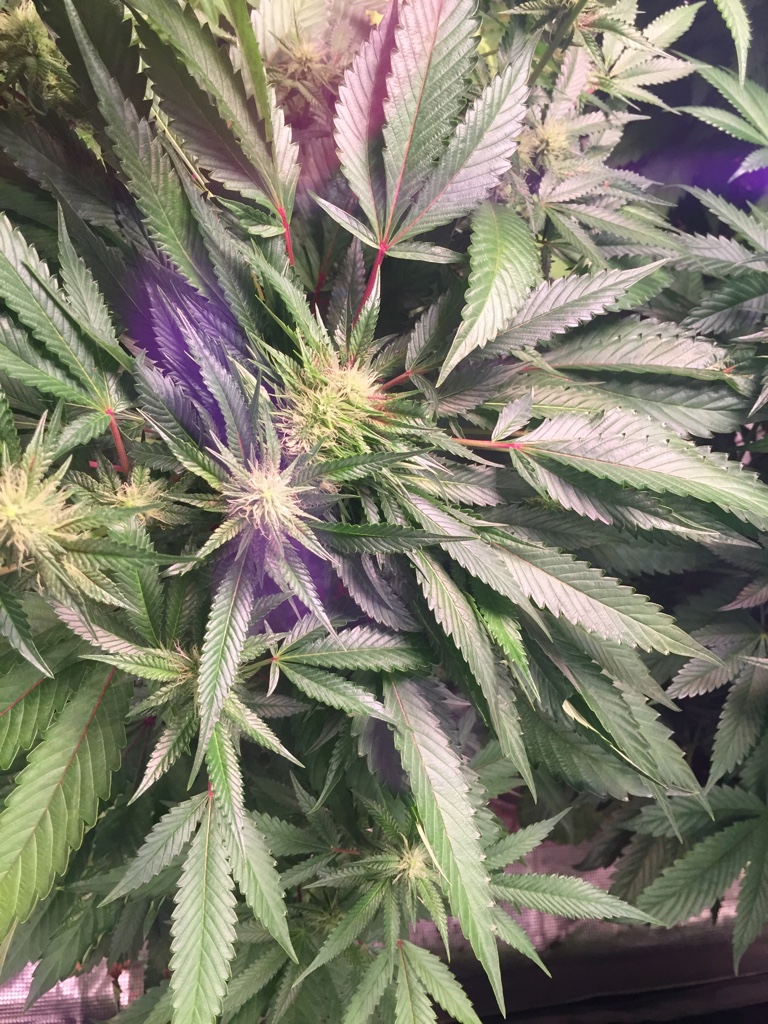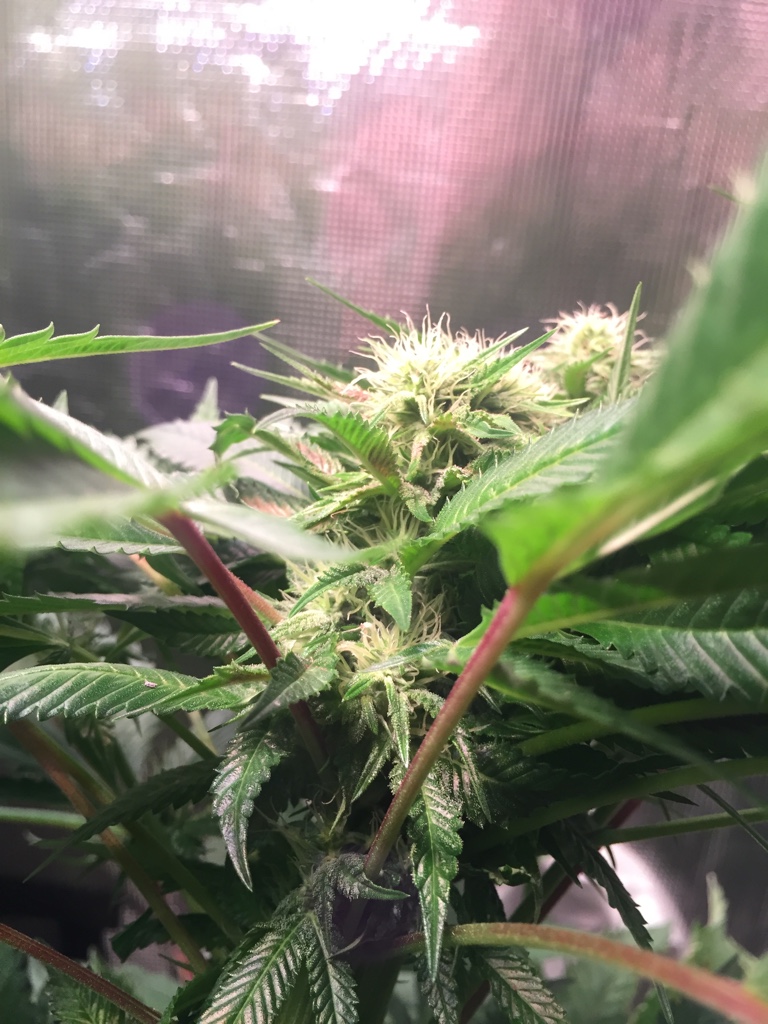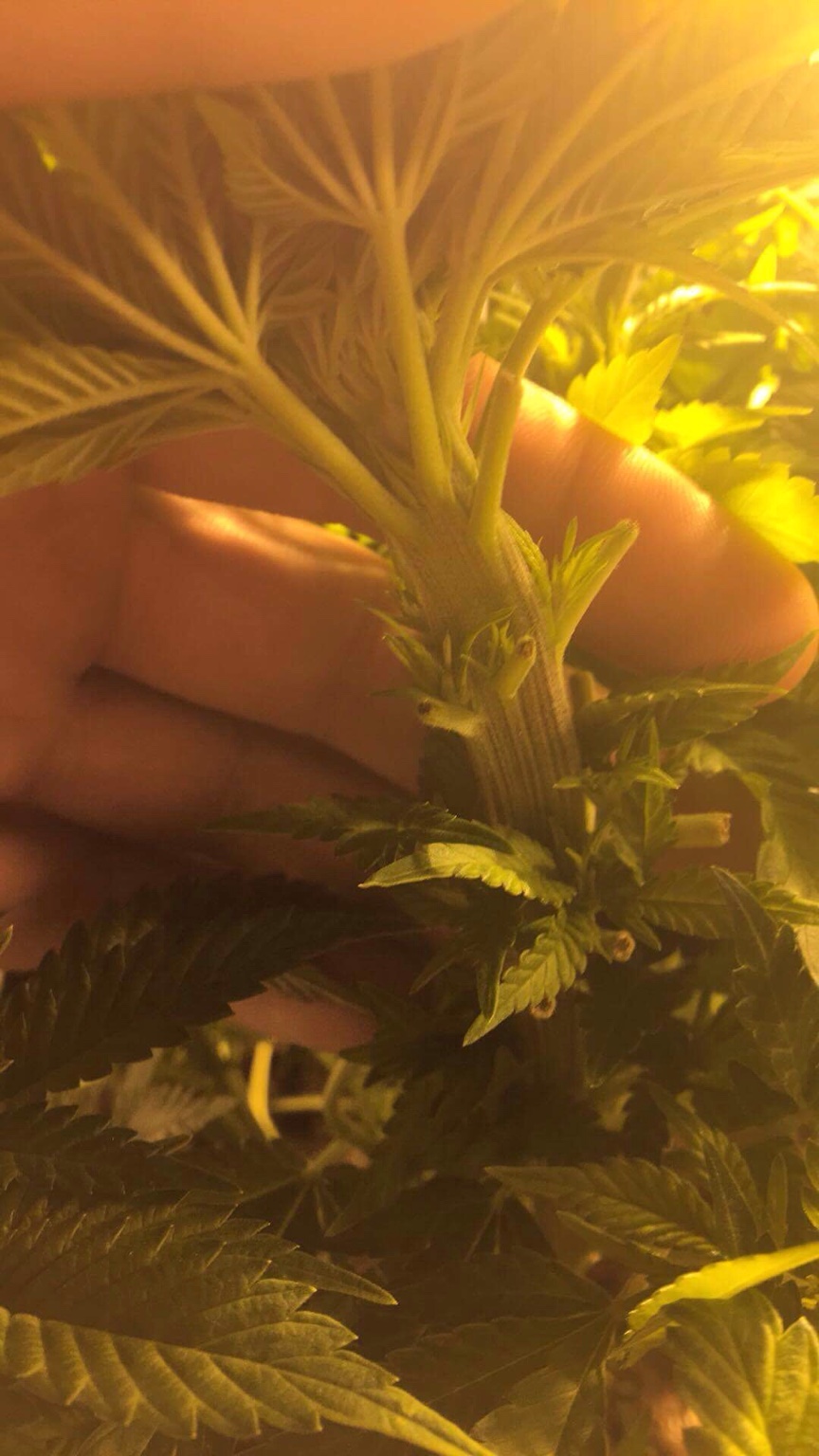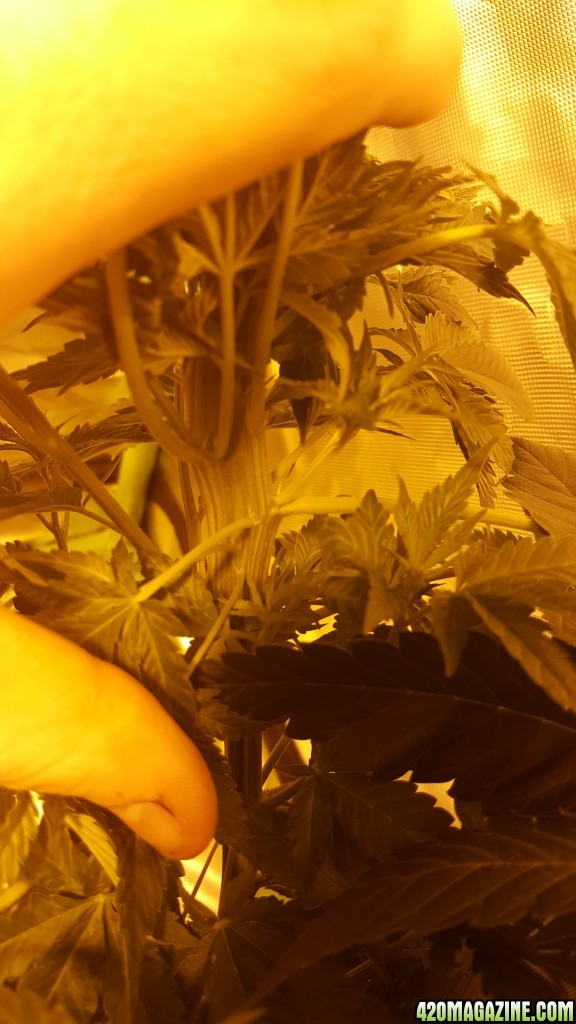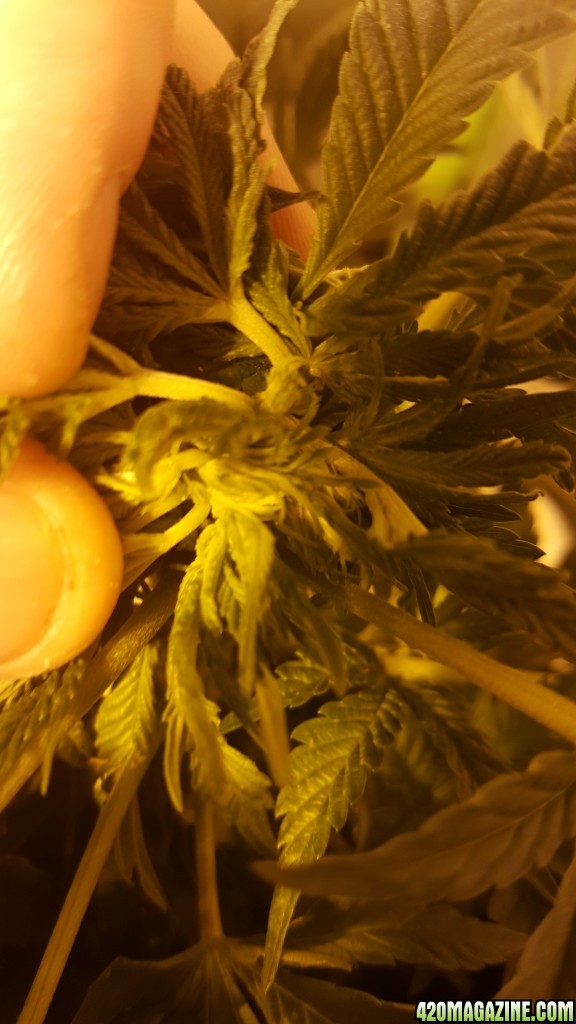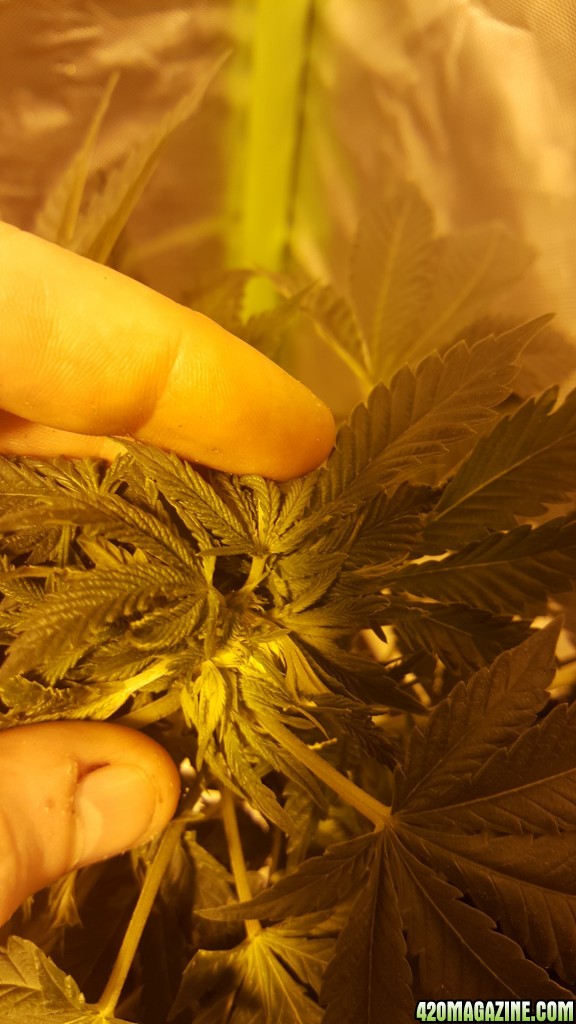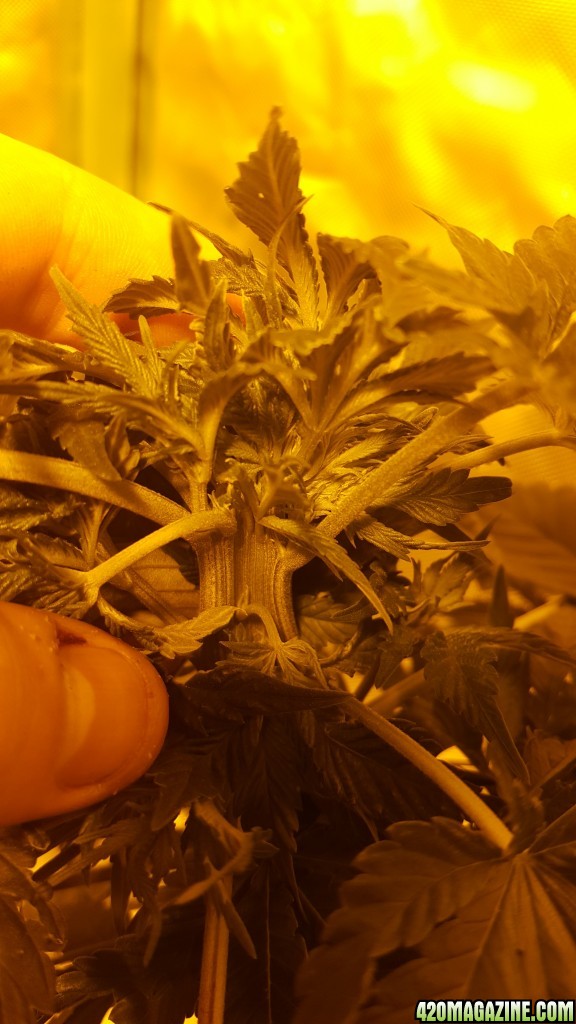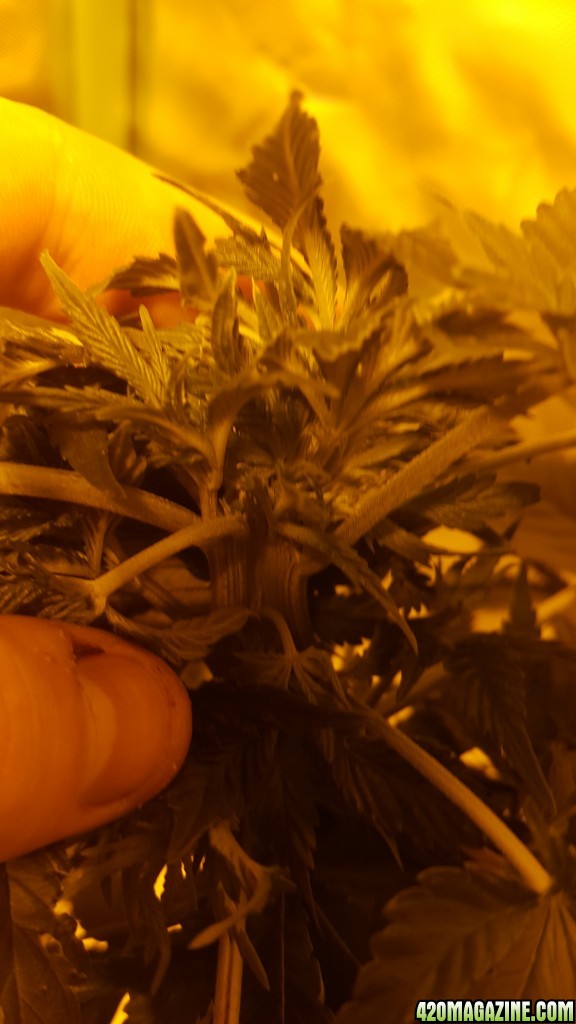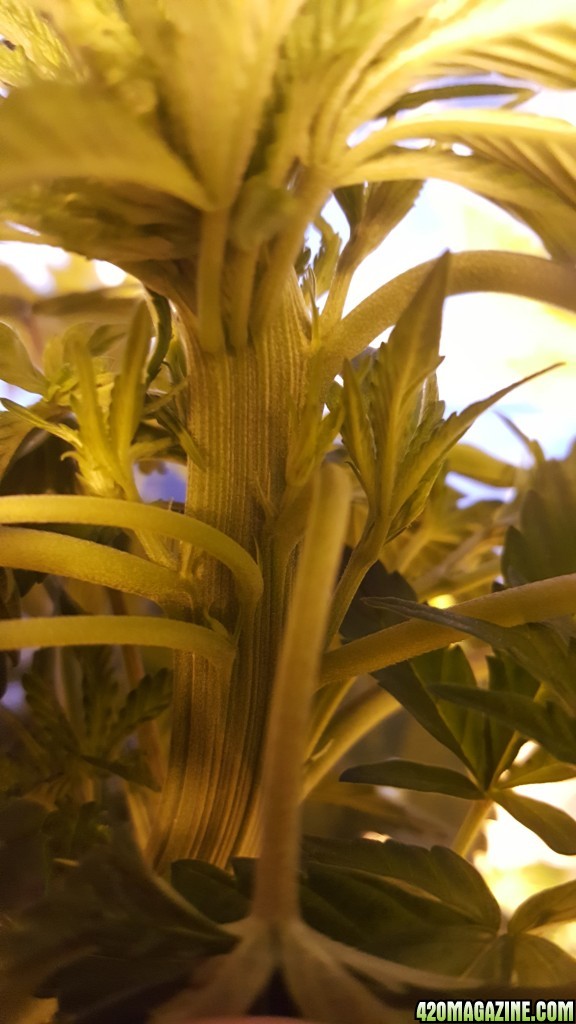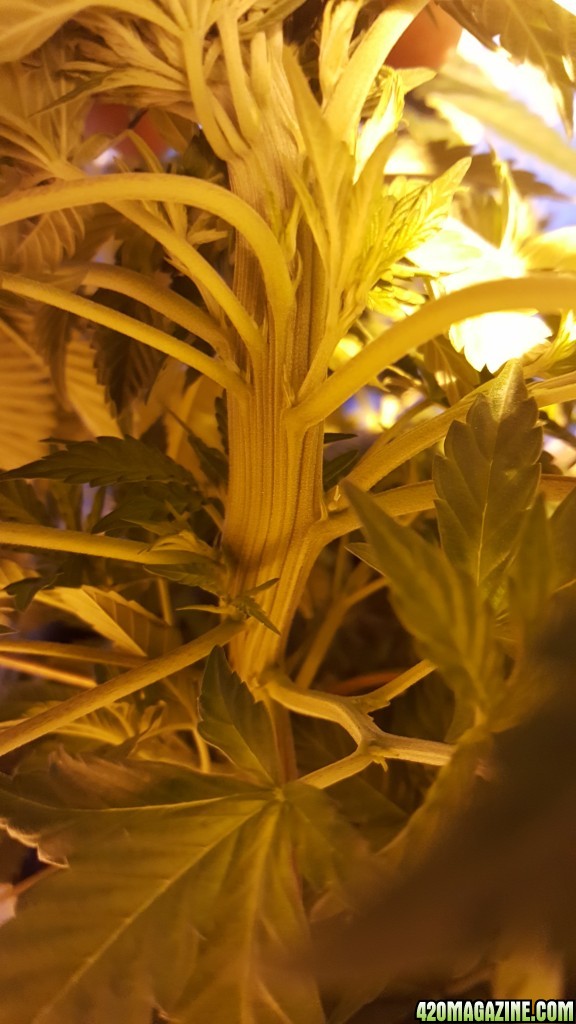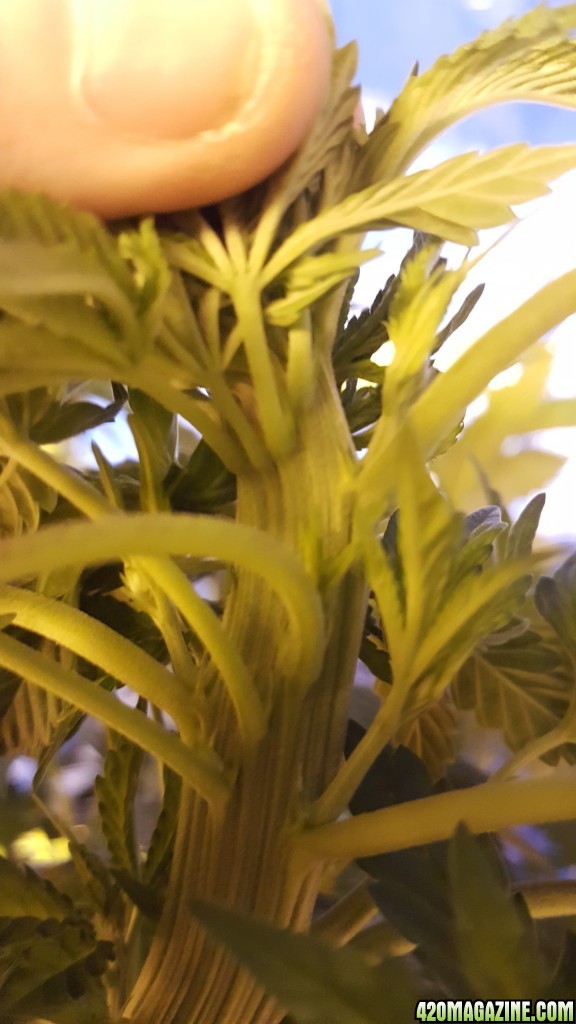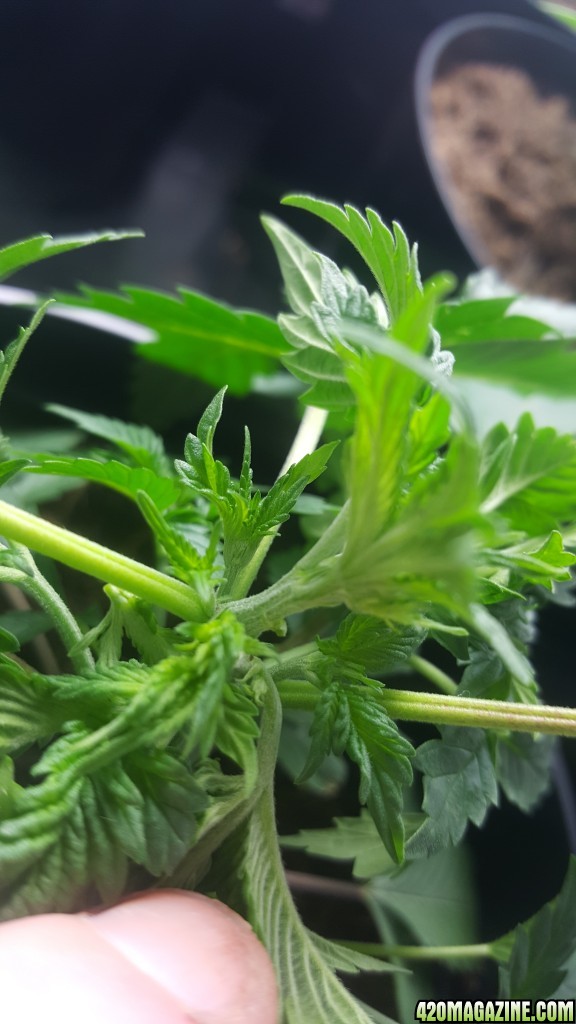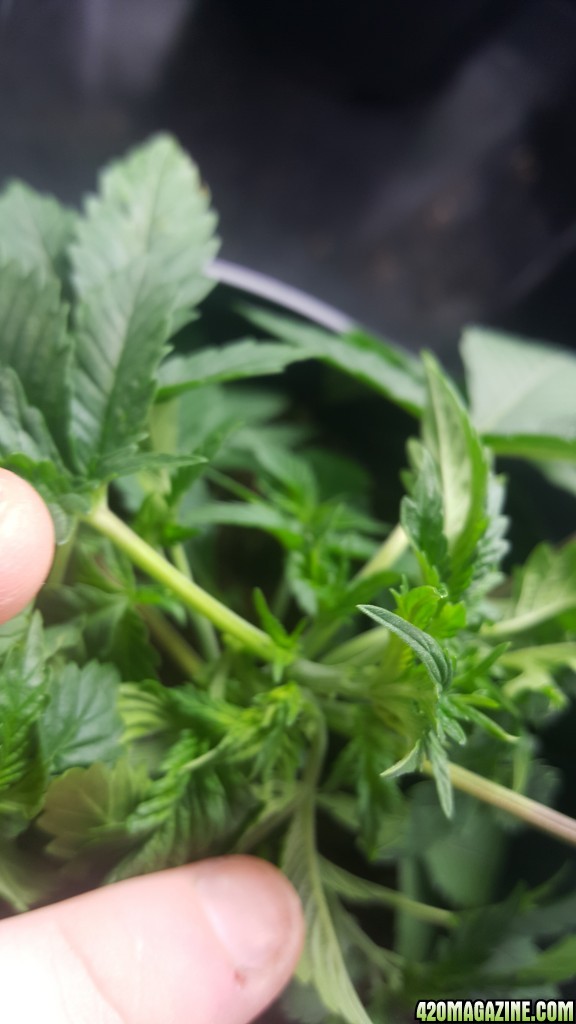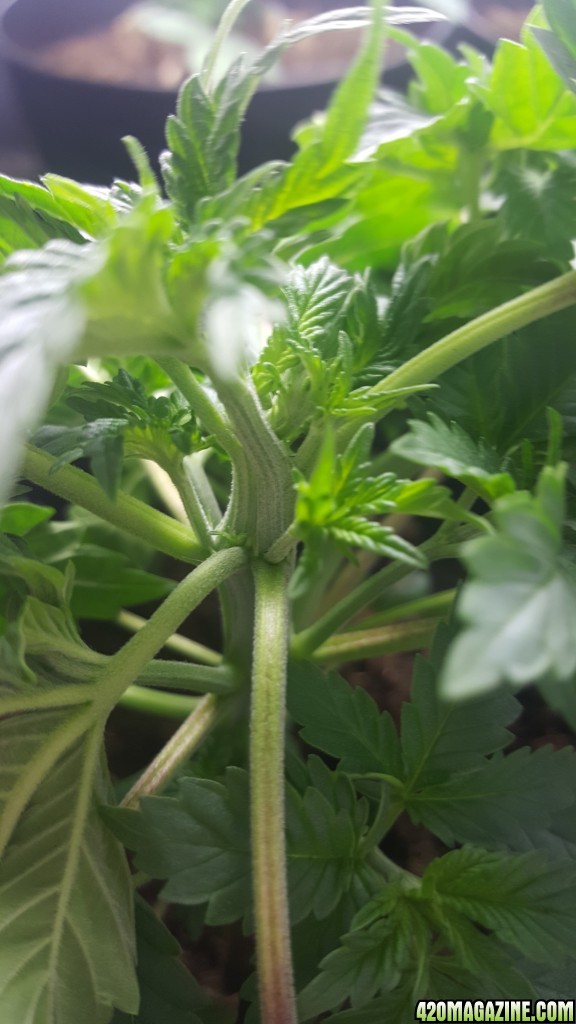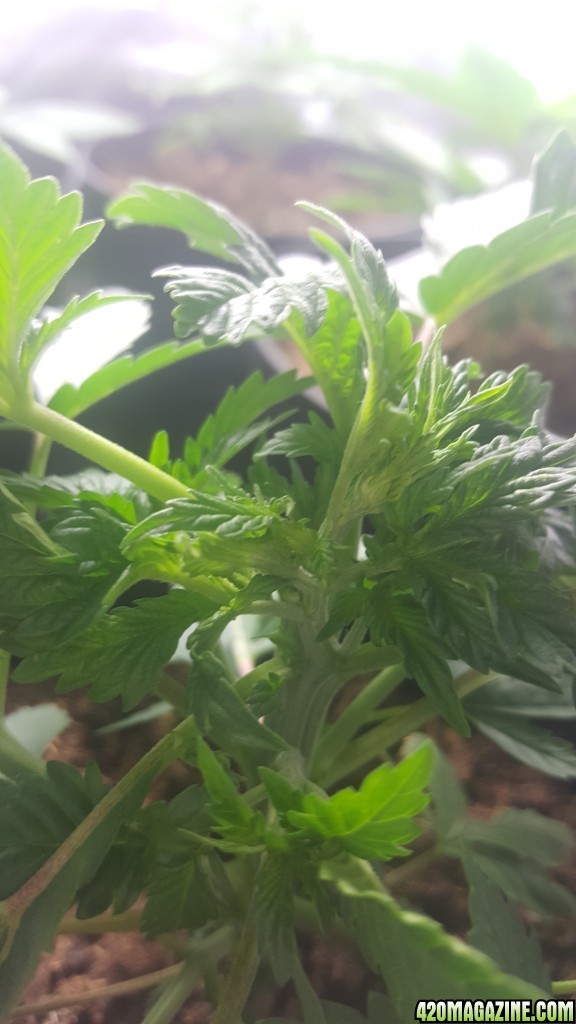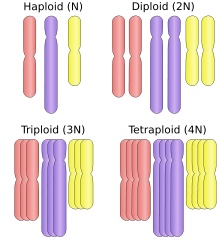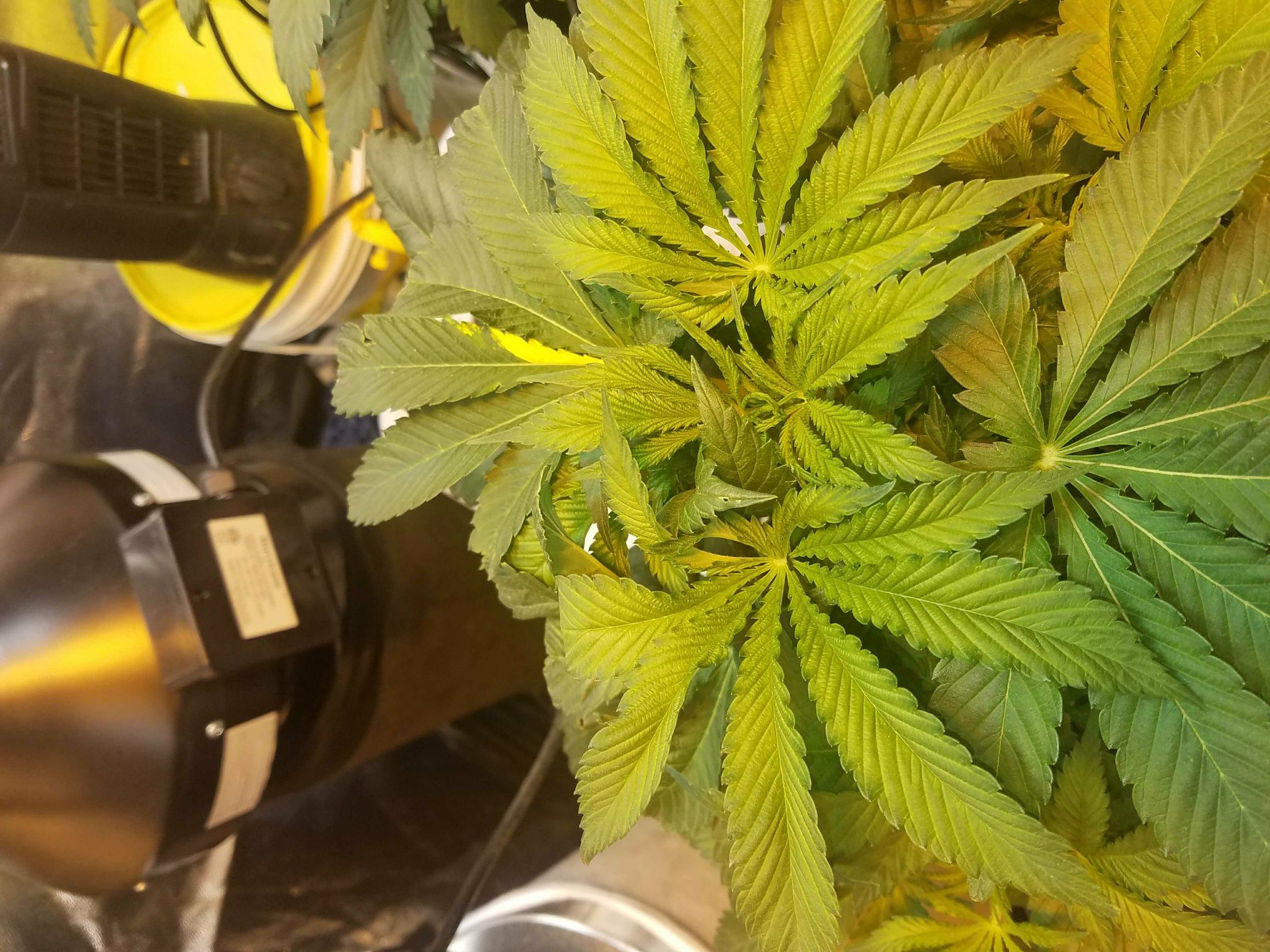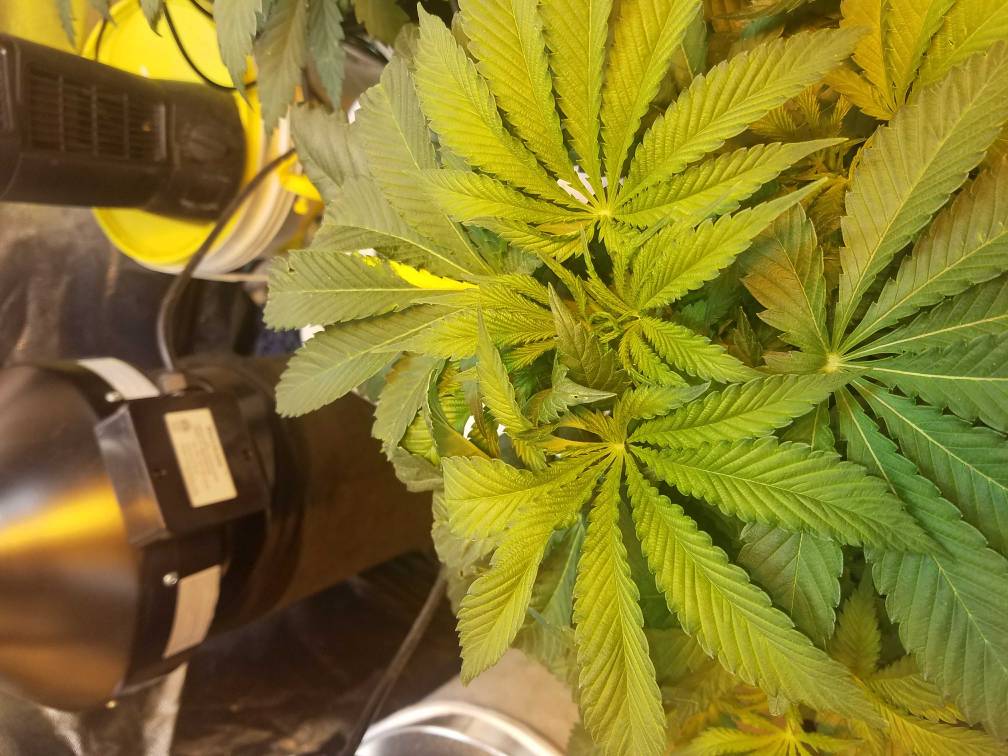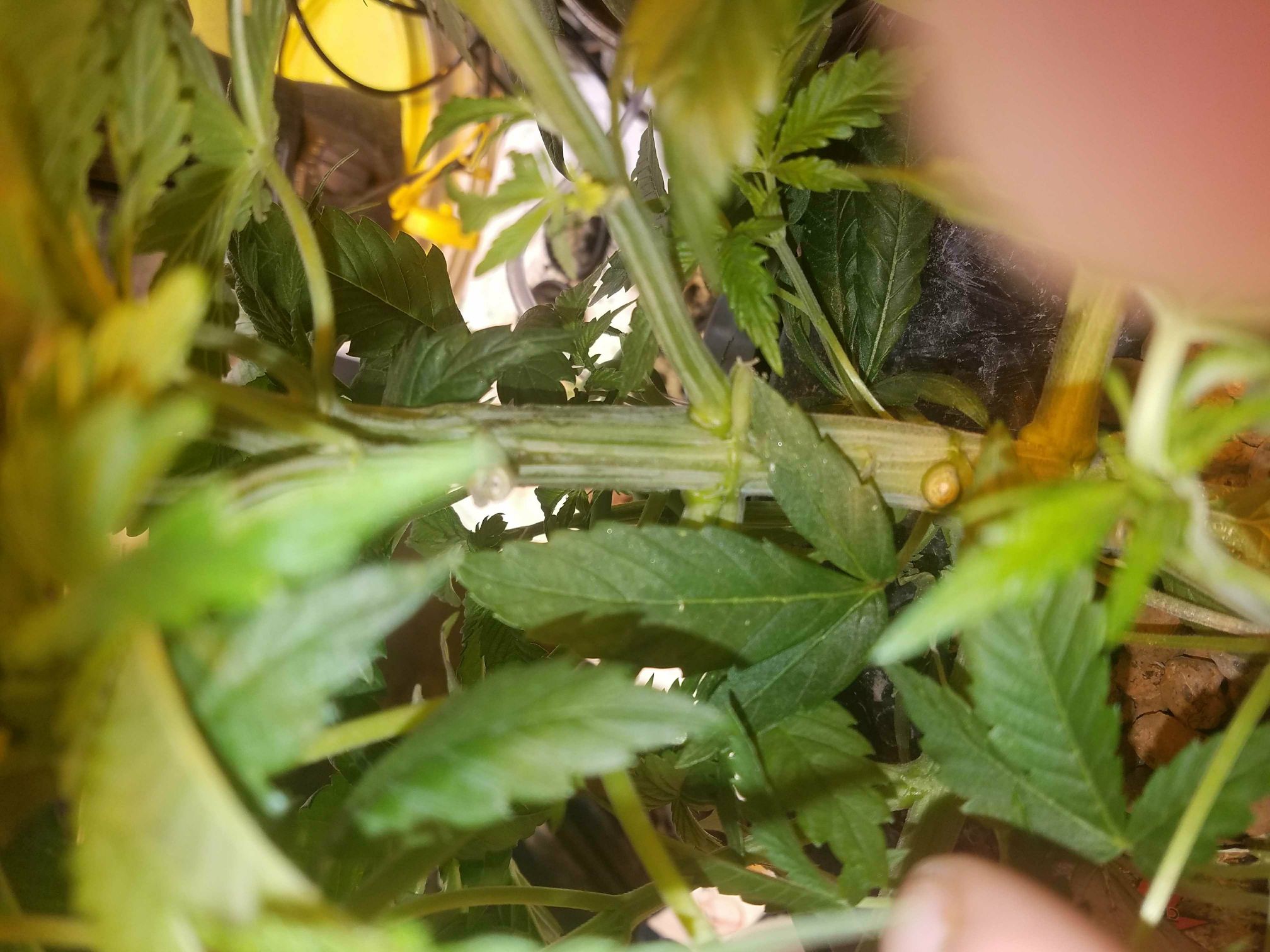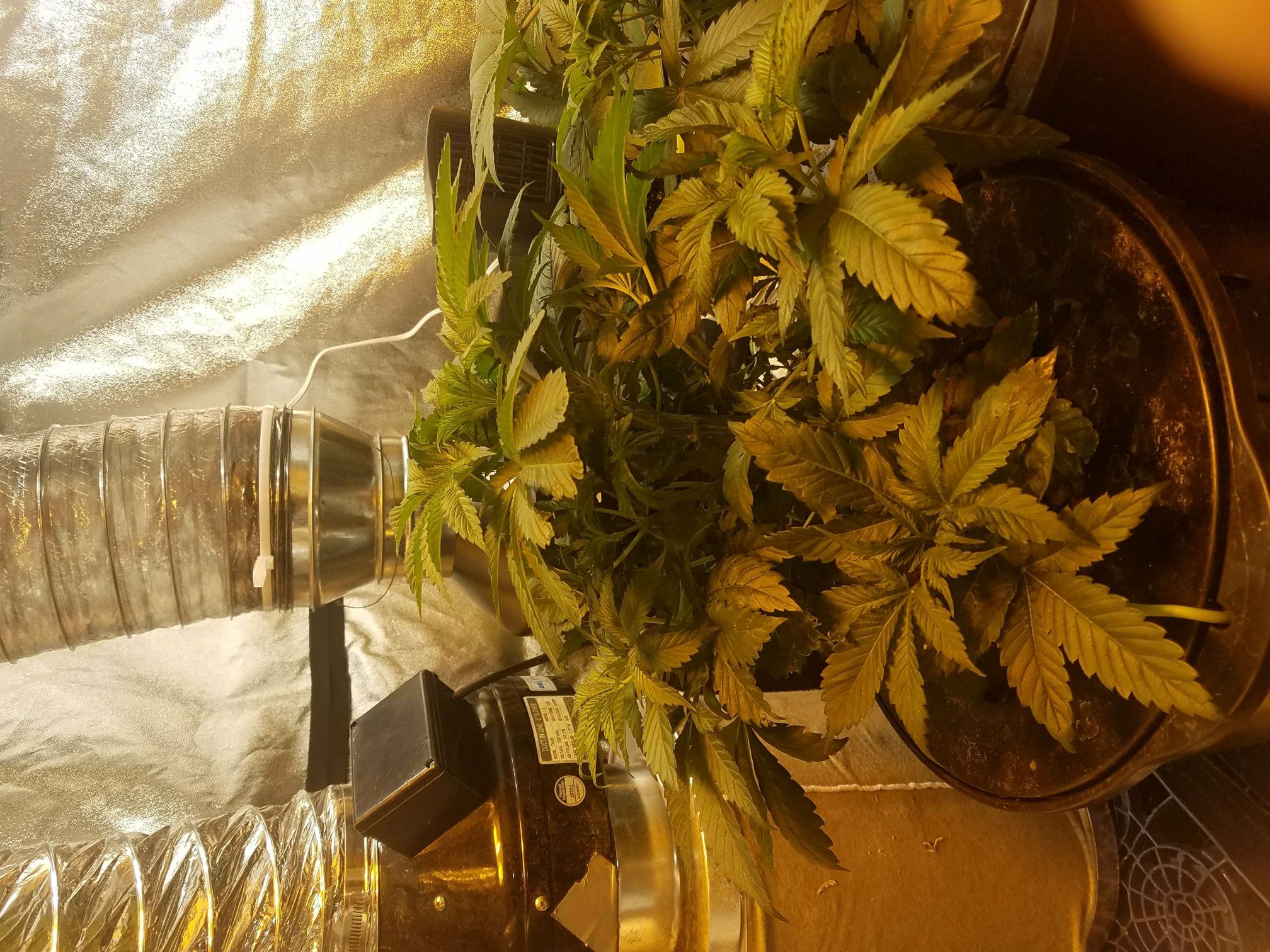MyDogSpot
Well-Known Member
Definition:
Polyploid cells and organisms are those containing more than two paired (homologous) sets of chromosomes. Most species whose cells have nuclei (Eukaryotes) are diploid, meaningthey have two sets of chromosomes–one set inherited from each parent.
~ Wikipedia
Because of the limited resources I personally have found, I'm hoping to gather a few more pictures and examples of polyploidy as it relates to cannabis.
I've been scouring the web looking for other examples and while I did find a few, I didn't want to jack anyone photos from other forums, to post here. Plus I believe that we have at least two polyploid plants growing right now in journals on 420magazine forums. So let's make a resource for the next folks that see this mutation.
So please if you would, post your examples of this that you have come across, or share the information you may have, with the rest of us
I certainly don't expect too many to post pics as this is a rare mutation.
Polyploid cells and organisms are those containing more than two paired (homologous) sets of chromosomes. Most species whose cells have nuclei (Eukaryotes) are diploid, meaningthey have two sets of chromosomes–one set inherited from each parent.
~ Wikipedia
Because of the limited resources I personally have found, I'm hoping to gather a few more pictures and examples of polyploidy as it relates to cannabis.
I've been scouring the web looking for other examples and while I did find a few, I didn't want to jack anyone photos from other forums, to post here. Plus I believe that we have at least two polyploid plants growing right now in journals on 420magazine forums. So let's make a resource for the next folks that see this mutation.
So please if you would, post your examples of this that you have come across, or share the information you may have, with the rest of us

I certainly don't expect too many to post pics as this is a rare mutation.



